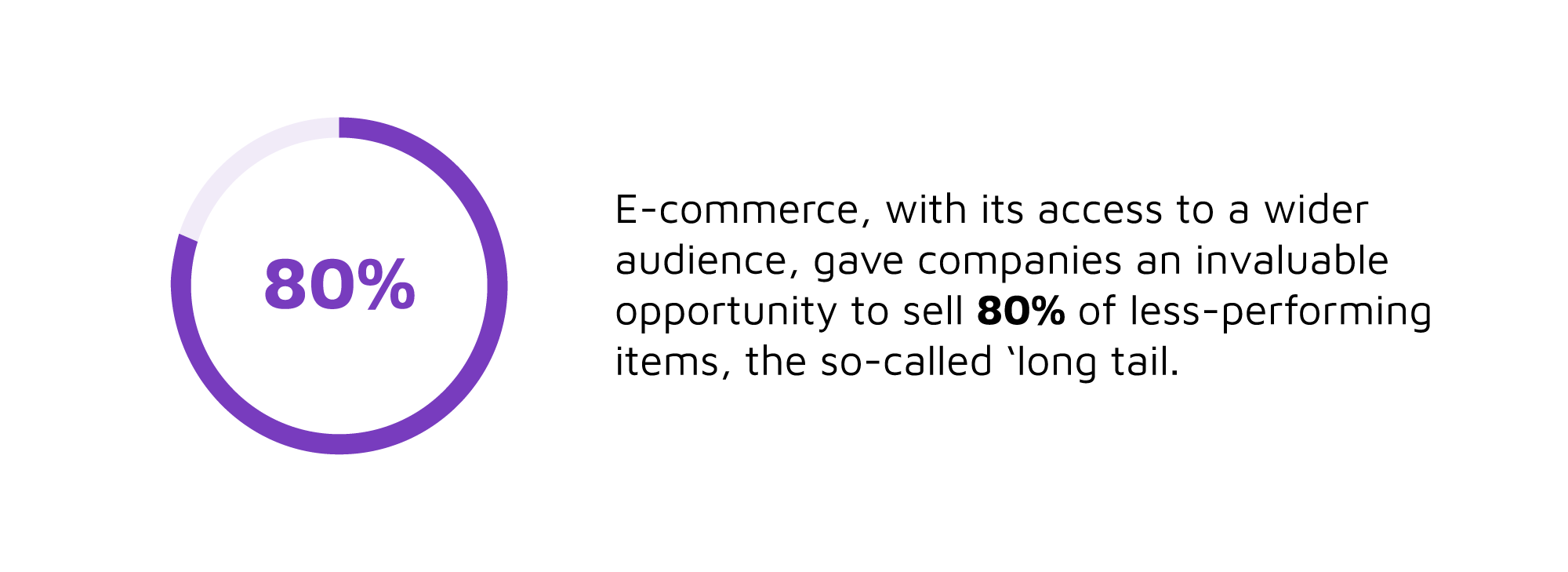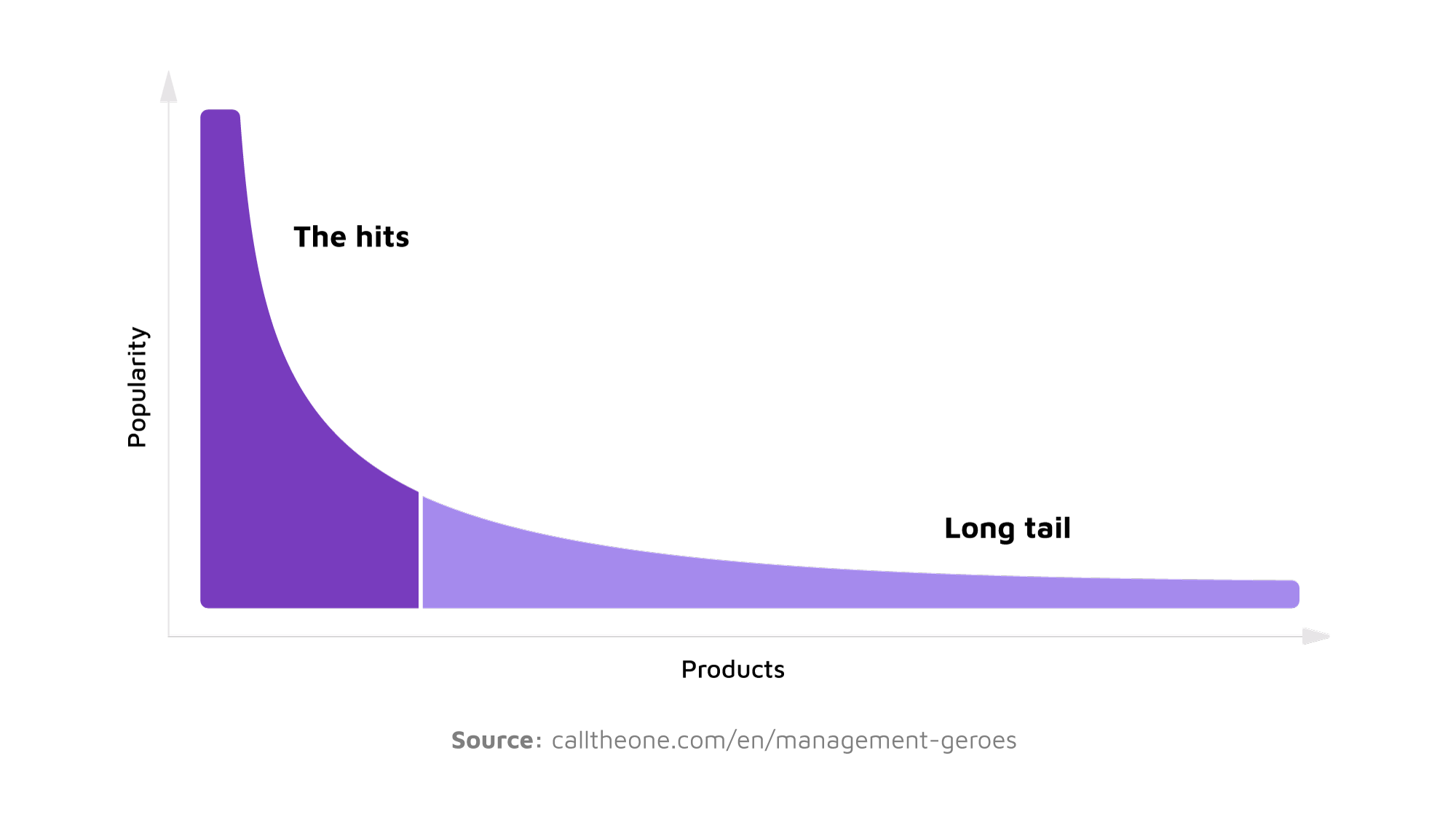Nonproductive or nonperforming inventory are slow-moving stock items or products which retailers or vendors struggle to sell for an extended period of time. This can have an adverse impact to a business’s bottom line, especially if they’re looking to achieve inventory optimization.
Optimizing the supply chain to satisfy demand and lowering carrying costs of the stock-keeping units (SKUs) are crucial to ensuring the success of your business operations. While keeping items in warehouses to cope with market uncertainties may sound like a good idea, it can actually decrease your business productivity and profit significantly.
In this article, we will cover the following:
-
What is nonproductive inventory
-
Ineffective nonproductive inventory management practices
-
Short-term and long-term inventory management strategies
-
Crucial supply chain inventory key performance indicators (KPIs) to track and measure
What is nonproductive inventory?
In a nutshell, they are slow-moving stocks that are stuck in the company’s warehouses for longer than half a year. Classifying inventory as “nonproductive” takes into account how often the product has been shipped over a particular period of time, usually between six and 12 months. When no items have been shipped, then the product can be considered as a “slow mover”. Such goods differ from company to company, but they often include items which are narrowly targeted, seasonal, aimed at niche markets, or luxurious.
.jpg?width=1024&height=373&name=Supply-Chain2-1-1024x373-(Compressify.io).jpg)
Finding a way to deal with these units could almost completely resolve the core problem. If they’re not properly managed, they become dead or obsolete inventory after some time. This category includes off-season, out-of-date, unappealing, and malfunctioning supplies. According to McKinsey, the age of dead or obsolete inventory is typically between 365 and 730 days.
Experts suggest that nearly 20 to 30% of inventory can be considered as dead, obsolete, or excess stock, which adds 25 or 30% more costs. These additional costs include warehousing, labor, and price decreases when selling excess inventory on discount or giving them away for free.
Besides the costs, another major problem is that these items can considerably drain your cash flow, which could otherwise be used for fast-moving products and to bring immediate profit. Most importantly, the costs of lost opportunities are also linked to nonperforming items. The company has nonworking capital that in other circumstances could have been used for well-performing inventory.
Ineffective management of nonproductive or excess inventory
The Survey by Coresight Research on a group of retailers from nongrocery markets in the US noted that ineffective decisions on managing inventories can result to a 53% decrease in product price.
These decisions included buying more or different items than needed, lower demand, and inefficient allocations of inventory. According to 50% of retailers, these were the main obstacles to selling products at full price.
.jpg?width=1024&height=407&name=Supply-Chain4-1-1024x407-(Compressify.io).jpg)
The most common inventory management mistakes include:
-
Lack of control over inventory management or managing it manually
-
Too many supply chain KPIs and metrics or none at all
-
Inaccurate data on delivery status and inefficient information systems
-
Too many storage sites
-
Same stock coverage or safety stock on all products
-
Neglect in new product forecasts
-
Simplistic inventory stocking policies
-
Too many software and IT tools linked to inventory management
Lack of control over inventory, without deep analysis of supply chain metrics, is also an important factor that can lead to inefficient inventory management. Even if companies use some sort of software, it is typically not optimized, and in most cases, manual. In contrast, some firms use too many unintegrated programs and IT tools to manage supplies, which can be harmful to decision-making, as there’s no automation of warehouse management at all.
Having too many storage sites, simplistic inventory stocking policies, and poor control over resources can increase the chances of having nonperforming stocks, and in turn, excess and obsolete inventory. Ineffective inventory management may also be the result of a lack of understanding of the demand and fill rates for fast- and slow-moving items. Vendors, retailers, and businesses should avoid having the same stock coverage and safety stock for all products.
Moreover, miscommunication as well as inefficient information systems can cause overstocks, as there’s not enough information flow between the different members in the supply chain. This, in turn, can lead to significant delays and incorrect delivery status data. Monitoring the suppliers’ reliability is crucial for effective supply chain operations and inventory optimization, which can be addressed by automation. Another reason for nonperforming inventory is neglecting forecasts of new products as well as the lack of analytics used to predict their demand.
Of course, dead or obsolete stock can also be caused by changes in customer preferences and powerful market competition. However, there are some short- and long-term strategies that can be followed to increase productivity and to optimize the inventory management processes.
Short- and long-term inventory management strategies
Short-term strategies provide businesses immediate ways on what to do with excess inventory. These quick excess stock clearance strategies include providing discounts, selling slow-moving inventory to liquidation firms, online auctions, and product bundling companies, or even increasing the products’ exposure in stores.
Sometimes, suppliers can also accept the return or change of nonperforming items. If there are no possibilities to resell the nonproductive or excess inventory, companies can try to donate or give them as freebees, which can help improve the company’s public profile and customer loyalty.
However, according to research, American retailers have lost US$300 billion on hidden markdown costs, which is why long-term inventory management strategies are needed.
In most cases, companies use the Pareto principle and concentrate on 20% of the fast-selling items, which brings them 80% of the revenue while neglecting other, slow-moving products. However, business expert Chris Anderson noticed that e-commerce platforms, which have access to wider consumers, gives an opportunity for businesses to sell 80% of less-performing products.

An important advantage is that such slow-moving products often have less competition than the fast-moving ones, as they are usually niche or complementary products. Finding the right marketing strategy to target customers is key to accessing hidden revenue in the “long tail,” as shown in the following figure.

The relationship between popularity and products, with the long-tail effect
However, if you already have nonperforming goods, the first step should always be to conduct in-depth research of the causes. After that, you can take actions to prevent future nonproductive or excess inventory. The forecast of the demand, using real-time analytical techniques, can be essential in ensuring the success of warehouse management.
This is the case especially for the long tail items because it will allow vendors and retailers to understand changing trends and seasonality and help to avoid dead or obsolete stock. Usage of a single, web-based portal for inventory optimization can be helpful in the process of facilitating data-driven decisions.
Crucial supply chain and inventory optimization KPIs
Make sure that your inventory management software allows important supply chain KPIs to be measured. This will help businesses have the required product at the right time without having the unwanted excess and obsolete inventory.
Here are some KPIs that should be tracked and measured to deal with nonperforming goods:
Product performance
This KPI is used to monitor top- and nonperforming inventory in terms of revenue. You can get this metric from regular sales analysis. It is a data point that shows which products are slow movers and should get a discount or be placed in a more visible spot in the store.
Inventory turnover
This metric shows how many times the inventory has been replaced over a particular period of time. This can be calculated by dividing sales by the average inventory. Higher numbers mean more efficient inventory management techniques are used. This should be monitored because this metric can show which products are nonproductive and need a better strategy to bring in more revenue, and which items should be eliminated from your stock.
Demand forecast accuracy
This metric compares the real demand to your forecast. Making predictions as accurate as possible can help you reduce holding costs and improve turnover rate. Forecasting software can be helpful for improving predictions, especially in cases of seasonal and fluctuating demand.
Inventory write-offs and write-downs
Write-off is a measure used for products which cannot be sold anymore, either due to malfunctions, expiration, or obsolescence. Write-offs indicate products which should be eliminated as soon as possible, because they take your capital from more profitable goods. Write-downs happen when the item’s price has been reduced below the price of its initial purchase. To keep them as low as possible, you should predict the demand and effectively manage your supply chain operations.
Inventory carrying costs
This category refers to the expenses of purchasing, holding, and storing unsold items, such as transportation, warehousing, insurance, depreciation, and opportunity costs. The general idea is that less is more. Software that can automatically track these can be very useful, especially for predicting when the inventory should be replenished to keep the costs as low as possible.
Inventory accuracy
This is the next valuable metric that allows businesses to prevent duplication or surpluses of goods, which can lead to profit loss. It allows you to compare the actual inventory with one that’s in the records. Inconsistencies could be due to mistakes, thefts, and unreliable suppliers. Implementing automated solutions allows vendors to deal with the discrepancies and mistakes often caused by human errors.
Sell-through rate
This shows the ratio of sold goods to available items. Excess inventory can be minimized by selling them with discounts or by trying to return them to manufacturers.
Moreover, communication systems between the warehouse, management, and suppliers, as well as integrated databases throughout the supply chain control and planning support systems, can help in accurately ordering goods based on customer demand. Streamlined and automated workflows around the stock significantly improve the timely supply of goods.
For example, Amazon warehouses use robotics in order to ensure proper workflow. The company also divided its facilities according to location, delivery speed, specific item categories, seasonal use, and item popularity.
Another successful company is Walmart, which invested in an innovative supply chain management solution that connect suppliers and manufacturers in one centralized system. This allows them to collaborate on real-time demand predictions. The company also uses radio-frequency identification (RFID) smart tags, which allow employees to quickly replenish items in stores and constantly monitor available stocks.
Automated software tools, which can be used to forecast demand and monitor KPIs, and effective communication systems are invaluable. They improve inventory optimization and management while ensuring higher profit with nonperforming goods.
To sum up, nonproductive and excess inventory issues can be addressed with these recommendations:
-
Analyze different opportunities for reusing or reselling inventory.
-
Integrate databases throughout the supply chain, and enable control and planning for support systems.
-
Establish supply chain performance measurements.
-
Use single, web-based portals to facilitate data-driven decisions.
-
Secure streamlined and automated workflows around the stock.
-
Establish clear, one-at-a-time ownerships for specific processes.




.jpg?width=528&height=313&name=Manufacturing%202025_case%20studies%20article_featured%20(1).jpg)
